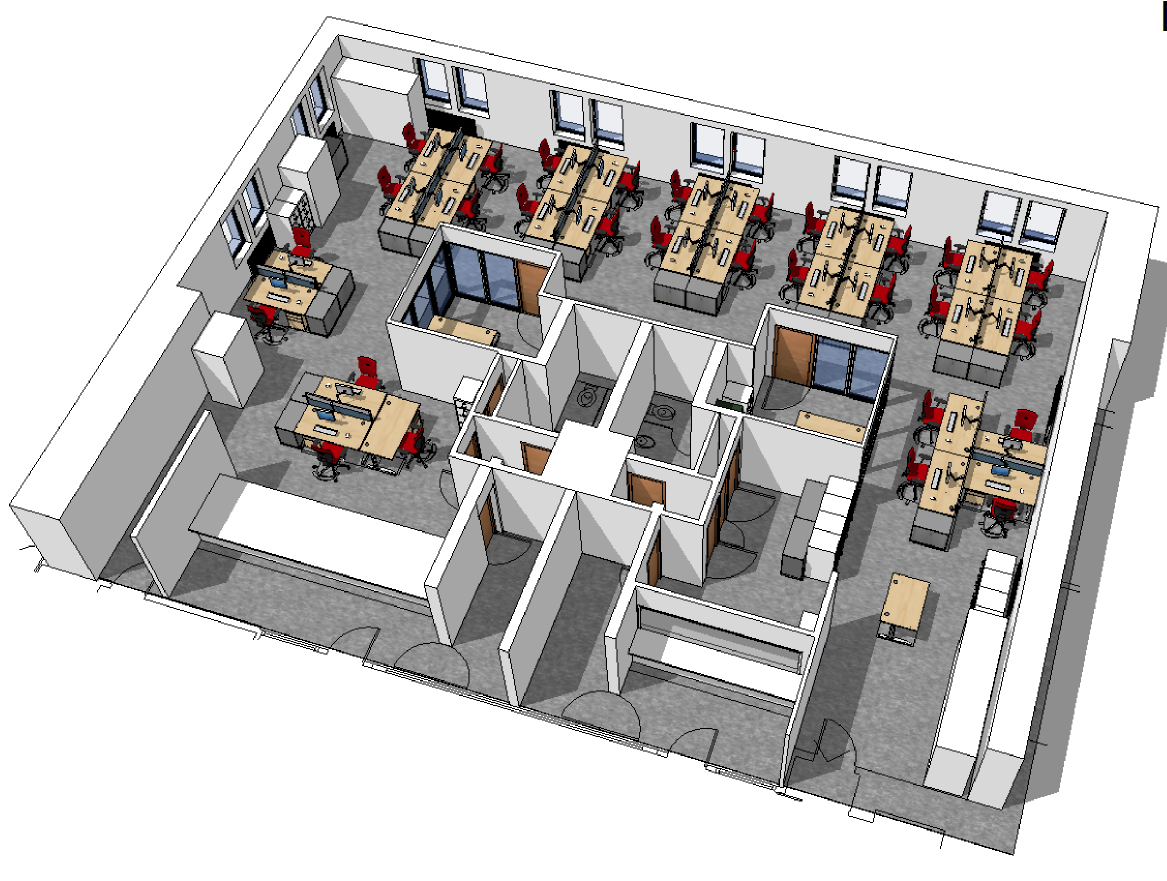There are a range of ways in which a Space Planner operates. The role will be different for each project and each client. Over thirty years MLA have developed the knowledge, skills, and abilities, understanding, and experience to undertake this role.
There are six crucial activities in the Space Planning Role:
- Help shape the vision and aspiration
- Engaging stakeholders effectively and collect information
- Develop the brief and key spaces
- Think carefully about the special hierarchies and connections
- Design and test the solution
- Facilitate value management
Most recently, MLA have been working as Space Planners with Crown Office Procurator Fiscal Service (COPFS), who employ over 2000 staff, on a Future Ways of Working programme, which is running across Scotland and is considering office workspace as a target for creating a smarter, leaner, greener, and more effective property estate based around agile working where appropriate.
Smarter Working is about combining benefits to the business – improved productivity, better engagement, and reduced estate costs – with benefits to staff. It is about providing the working and workplace arrangements to help make intelligent choices about where and when people work, improving productivity, creating a better work-life balance, and providing an environment equipped for rapid change.
MLA developed a modern open-plan design where work is completed in a variety of appropriately designed, shared settings, and not tethered to specific workstations or location within the building. Flexibility within design that allows for certain areas both noisy and quiet, secure and public to be used for different purposes e.g. training, team-briefings, collaboration etc.


